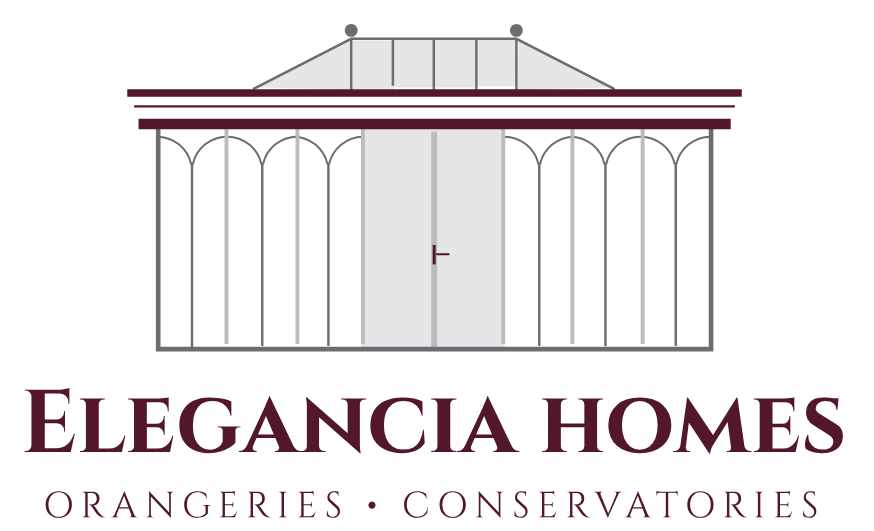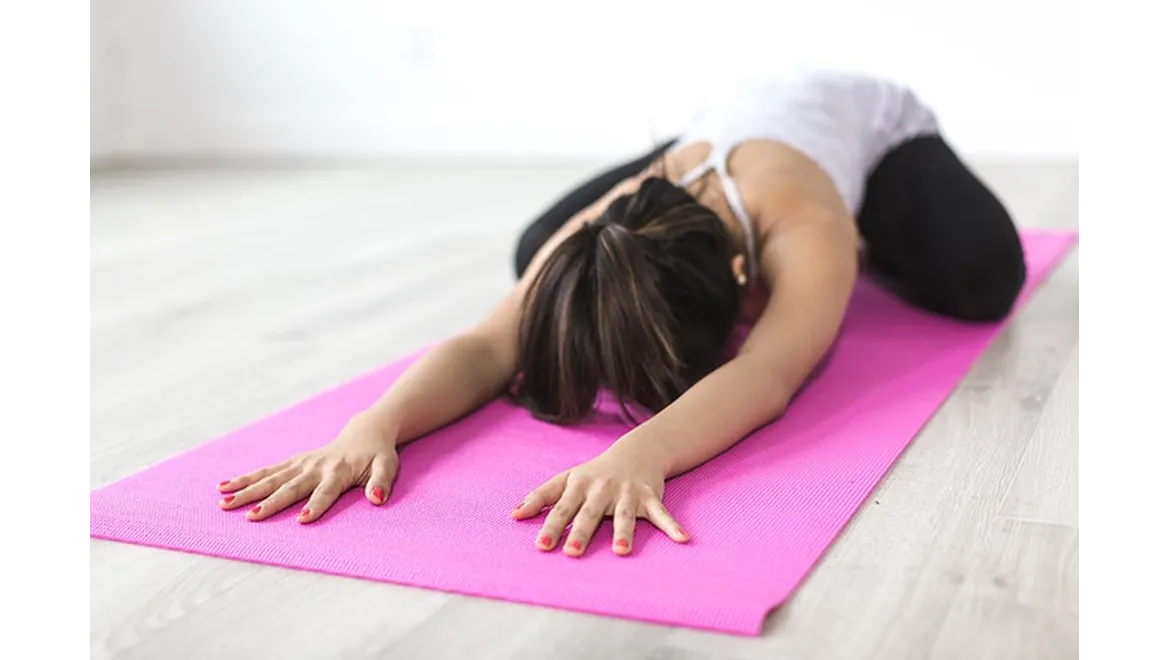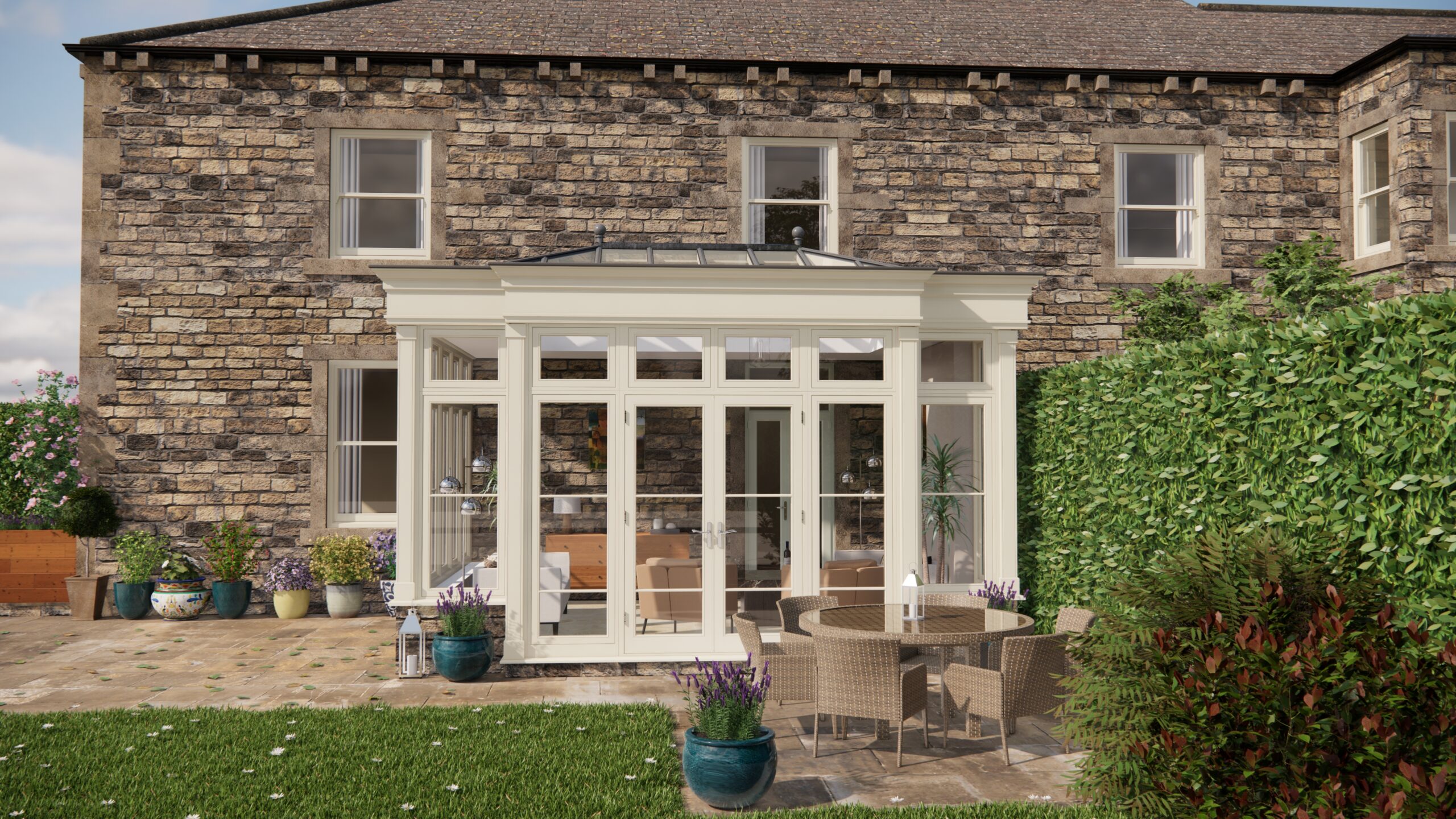Right, let’s dive in. I’ve always been fascinated by how our homes affect our well-being. That’s why I was so keen to chat with Jude about her experience with adapting yoga for all ages and abilities at home. It’s a topic that really hits home – literally! So, I settled down with Jude for a cuppa, ready to hear her insights on making yoga accessible and enjoyable, regardless of age or physical limitations.
Creating Your Accessible Yoga Haven
“It’s all about making yoga work for you,” Jude began, emphasizing the personalised nature of the practice. “Forget those Instagram images of perfect poses in perfectly minimalist studios. We’re aiming for practical and supportive.” The first step, she explained, is assessing your space. Do you have enough room to move freely? Is the floor surface stable and non-slip? Consider using a yoga mat, a rug, or even carpet for better grip. Good lighting is also crucial, not just for safety but also for creating a calming atmosphere. Jude recommends natural light if possible, otherwise soft, warm lighting to avoid harsh glare.
Modifications: Your Best Friend
“The beauty of yoga is its adaptability,” Jude continued, her eyes twinkling. “No pose is set in stone. It’s okay to modify!” She suggested starting with simple modifications for common poses. For example, using a chair for balance during standing poses or performing downward-facing dog against a wall instead of on the floor. “Listen to your body,” she advised. “If something doesn’t feel right, stop. There’s no shame in modifying or resting.” For seated poses, using cushions or blankets under the hips can make a huge difference in comfort and alignment.
Props: The Silent Supporters
Yoga props are invaluable, Jude explained. “They’re not just for advanced practitioners. They’re for everyone!” Blocks, straps, bolsters, and blankets can all enhance your practice. Blocks can bring the floor closer to you, making poses like triangle pose more accessible. Straps can extend your reach, allowing you to deepen stretches gradually. Bolsters and blankets provide support and cushioning for restorative poses, which are particularly beneficial for relaxation and stress reduction. “Think of props as tools, not crutches,” Jude clarified. “They’re there to assist and support you on your yoga journey.” You can also use household items as props. For example, a sturdy chair can be used for support in standing poses, and a rolled-up towel can substitute for a bolster. Be creative and resourceful!
Age-Friendly Design Features
Jude highlighted the importance of accessible design features, especially for seniors or individuals with mobility limitations. “Consider grab rails in key areas like the bathroom or near stairs,” she suggested. Non-slip flooring is essential to prevent falls. Wide doorways and hallways make it easier to navigate with mobility aids like walkers or wheelchairs. “Even small changes can make a big difference,” Jude said. “Think about lever-handled door knobs instead of round ones, and rocker light switches instead of toggle switches. These details can enhance independence and safety.” If possible, designate a specific area of your home as your yoga space. This helps to create a mental association between the space and your practice, making it easier to get into the right mindset.
The Orangery Advantage
I was keen to get Jude’s thoughts on orangeries. They’re not just for plants, you know! “An orangery can be an absolutely wonderful space for yoga,” Jude agreed enthusiastically. “The abundance of natural light is a huge plus. Sunlight boosts vitamin D levels and improves mood, creating a positive environment for practice.” The connection with nature that an orangery provides is also incredibly beneficial. “Being surrounded by plants and greenery can be very calming and grounding,” Jude explained. “It helps to reduce stress and anxiety, making it easier to focus on your breath and movements.” The controlled environment of an orangery can also be advantageous. You can regulate the temperature and humidity, creating a comfortable and consistent space for your practice, regardless of the weather outside. Consider adding features like dimmable lights, a sound system for relaxing music, and comfortable seating areas to enhance the overall experience.
Bringing it all Together
So, there you have it. Creating an age-friendly and accessible yoga space at home is about understanding your needs, adapting your practice, and making the most of your environment. Consider the light, temperature and room space to create a perfect enviroment.Remember, it’s about progress, not perfection. By embracing modifications, using props, and incorporating accessible design features, you can create a home yoga sanctuary that supports your physical and mental well-being at every stage of life. And if you’re lucky enough to have an orangery, you’ve got a head start on creating a truly special and rejuvenating space.


